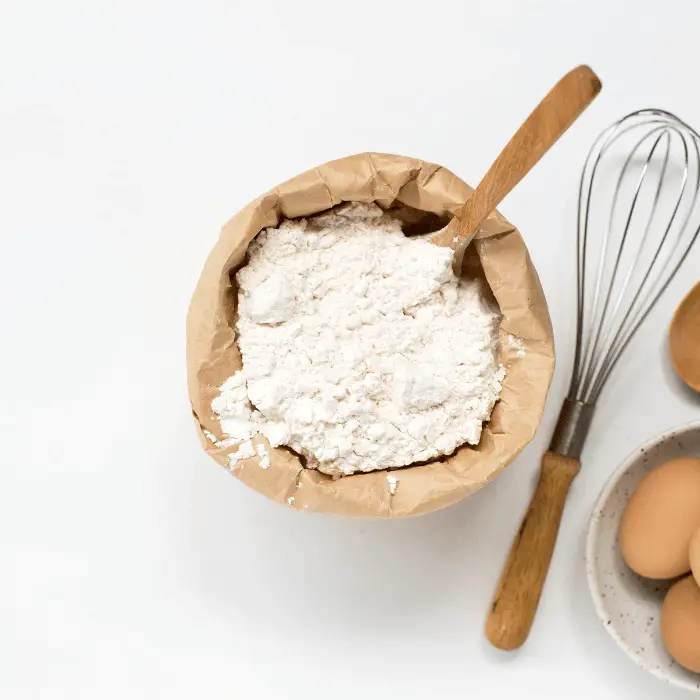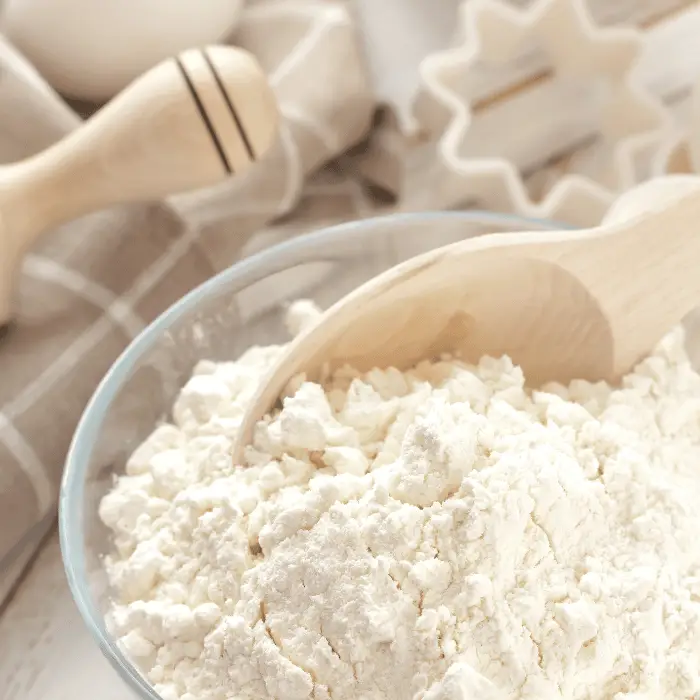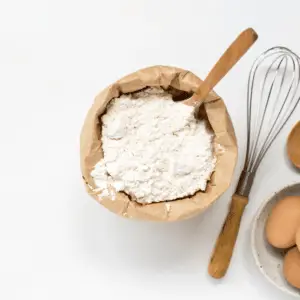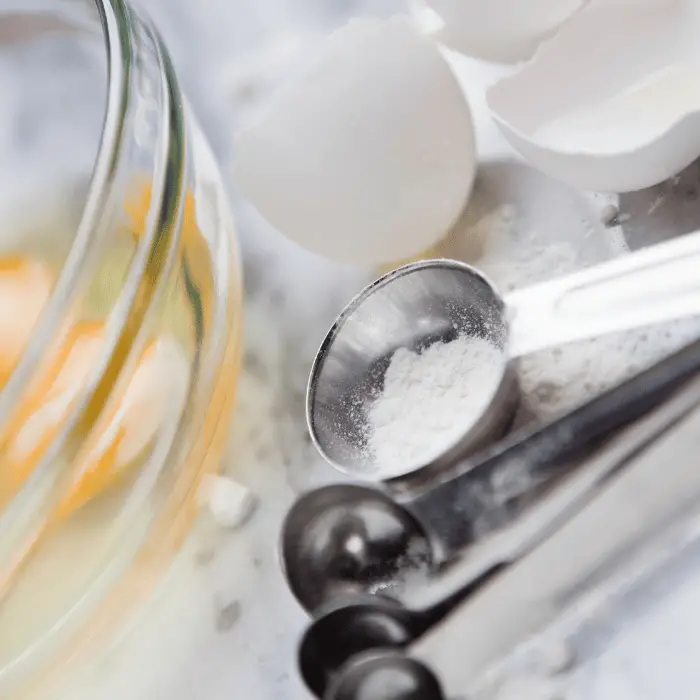How To Make Self-Raising Flour From Plain Flour
Have you ever run out of self-raising flour and didn’t know what to do? Well, don’t worry, because you can easily make your own self-raising flour from regular flour. It’s really easy to do, and all you need is a few ingredients. So the next time you find yourself in this situation, don’t panic – just follow these simple steps!

If you need self-raising flour and only have plain flour on hand, don’t worry! You can easily make your own self-raising flour with a few simple ingredients. All you need is plain flour, baking powder, and salt. Simply mix these ingredients together and voila – you’ve got self-raising flour!
This trick comes in handy if you’re in a pinch or if you want to save money by not buying self-raising flour. So next time you’re in the kitchen, remember this little tip and whip up some self-raising flour whenever you need it!

How much baking powder should be added to plain flour to make it self-raising?
There are a few suggestions out there that tell you different quantities. Nigella says, to add 2 teaspoons of baking powder for each 150g/6oz/1 cup plain flour. Sift the baking powder and plain flour together before you use them.
It’s easy to convert plain flour to self-raising flour with just a little baking soda. Personally, I find 1 teaspoon per 100g of plain flour works well. Just add the baking powder to the plain flour and mix well. And that’s it! You now have self-raising flour that can be used in any recipe that calls for self-raising flour. So now there’s no need to run to the store every time you need self-raising flour, you can just make it at home with plain flour and baking powder.
How much baking powder should be added to plain gluten-free flour to make it self-raising?
As a general rule, add 3 teaspoons of baking powder for each 150g/6oz/1 cup plain gluten-free flour. Sift the baking powder and plain gluten-free flour together before you use it. You may also need to add 1/4 teaspoon (1g) of salt per 100g of plain gluten-free flour. Again, sift the salt and plain gluten-free flour together before you use it.
How much salt is to plain flour when making it self-raising?
United States self-rasing flour has salt in it so if you really need to add salt here is the suggestion:
For plain flour, add 1/4 teaspoon (1g) of salt per 100g of plain flour. Again, sift the salt and plain flour together before you use it.
Measuring spoons
When baking, it is essential to use the correct measurements. This means using an actual measuring spoon, and not a teaspoon that you stir your coffee with. All measurements should be levelled teaspoons, and not heaped. If you don’t use the correct measurements, your baking will not turn out as intended. The results could be disastrous! Make sure you use the correct measurements when baking, and you’ll be sure to produce delicious results every time.
What’s an alternative to baking powder?
There are a few substitutes for baking powder, including cream of tartar, plain yoghurt, buttermilk, and self-rising flour. If you don’t have any of these ingredients on hand, you can also make a simple baking soda and vinegar mix. Simply combine 1/4 teaspoon (1g) baking soda with 1 tablespoon (15ml) vinegar and voila – you’ve got a homemade baking powder!
So there you have it – everything you need to know about making self-raising flour. Now get out there and start baking!
You may be interested in Grams To Cups Calculator Conversions.

How To Make Self-Raising Flour From Plain Flour
Equipment
Ingredients
- 100 g Plain Flour
- 1 tsp Baking Powder
Instructions
- In a bowl mix the flour with the baking powder. Sift everything before using in your baking.
